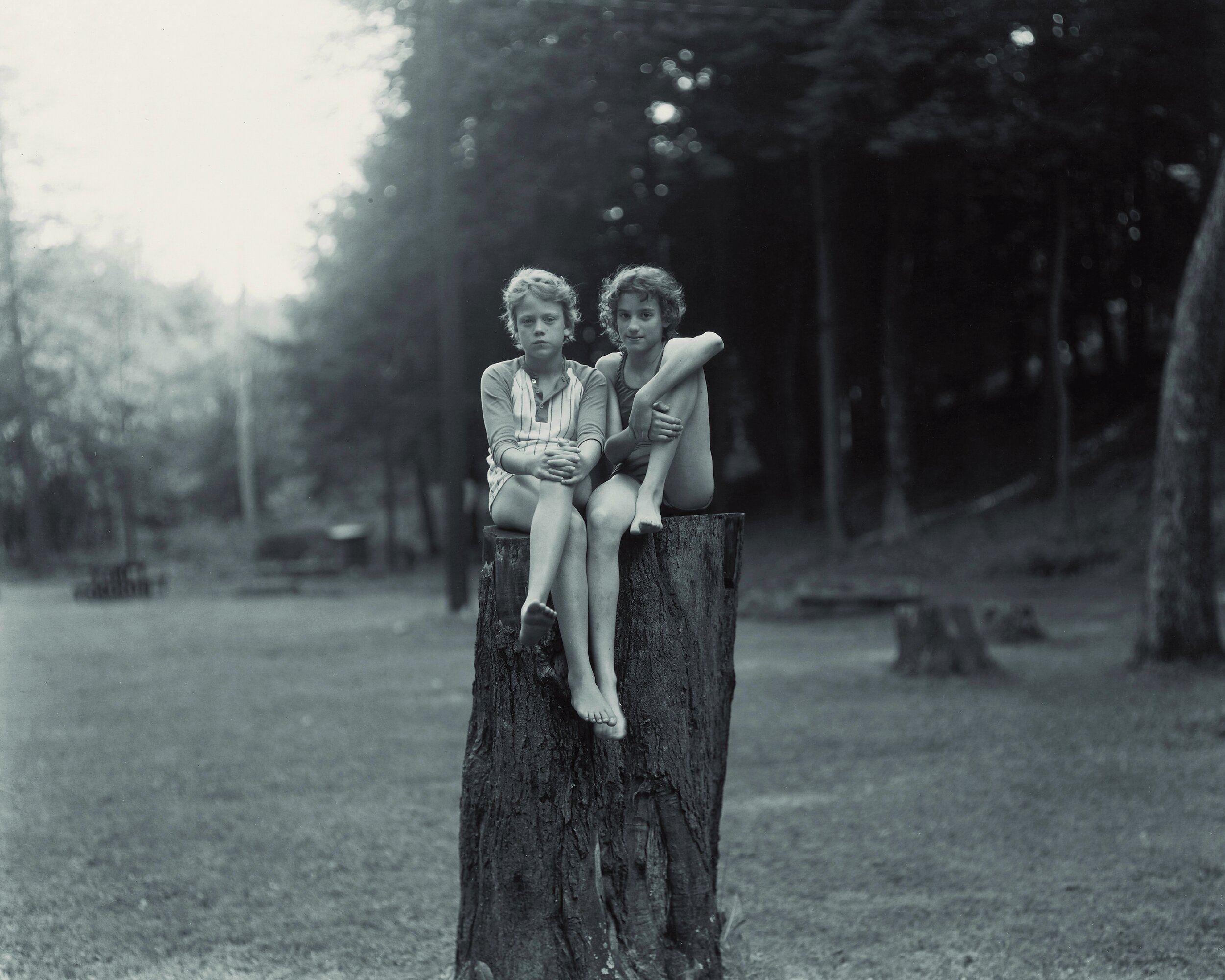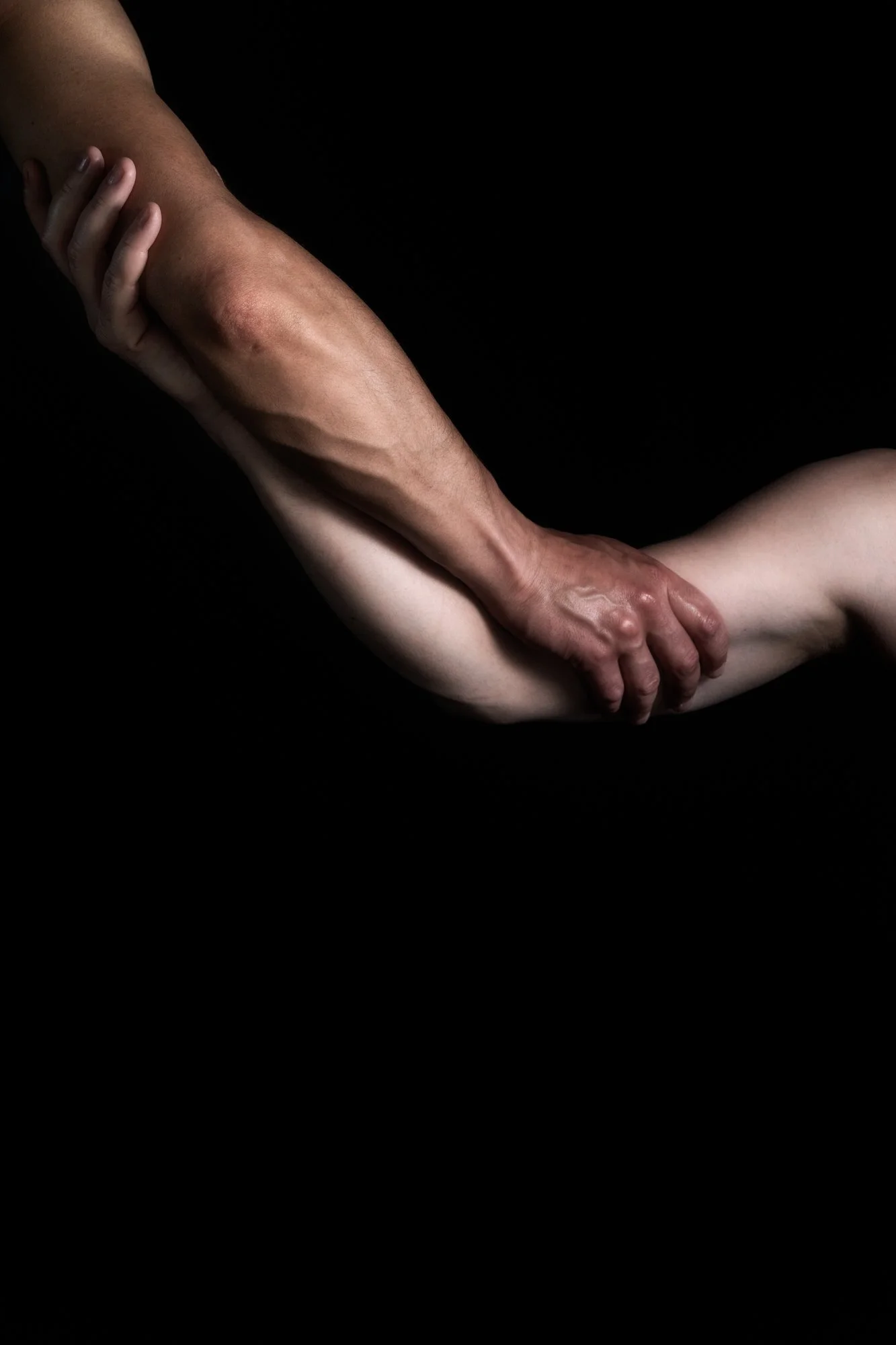Judith Joy Ross | Philadelphia Museum Of Art
Untitled, Easton, Pennsylvania, Judith Joy Ross, 1988. © Judith Joy Ross, courtesy Galerie Thomas Zander, Cologne.
Written by Luxi He
Judith Joy Ross, throughout out her photography career, which started late, mysteriously, and seemed to be imbued with some randomness, has felt no immediate urgency towards a narrative. “Why is life worth living?” It is some grave questions, questions usually more honestly answered in a daily life of pain, of humiliation, of fear, that gives Ross’s portraitures a rough shape, a loose but unbounding structure. Though Ross has been a heavily travelled photographer, the “individuals and a people” as in Joshua Chuang’s words whose resilience and disenchantment becomes Ross’s theme, majorly denotes the people in her hometown Pennsylvania, where the retrospective exhibition has returned after traveling to Paris, Madrid and Hague. On view from April 24 th to August 6 th at Philadelphia Museum of Art, the retrospection takes Ross’s photography back to her context, just as her portraiture has taken the subjects back to theirs.
Untitled, Eurana Park, Weatherly, Pennsylvania, Judith Joy Ross, 1982. © Judith Joy Ross, courtesy Galerie Thomas Zander, Cologne.
Growing up and raised in Hazleton, Eastern Pennsylvania, Judith Ross got her master’s degree in photography from the Illinois Institute of Technology in Chicago, where under the influence of architectural photography she started to use 8x10 inch large-frame camera on a tripod to photograph portraitures for a cross-section of people. The 1982 Eurana series, taken in a park in Weatherly where Ross’s family used to spend their summer, exhibits the photographer’s distinguishable method of treating subject and environment – a tacit but central motif that continues throughout the exhibition. In the signature image of children sitting on the stump, the two kids were photographed in blurred, deforested background, formulating a balance between expression and suggestion, between incidental and regular.
Celia, Judith Joy Ross, 1980. © Judith Joy Ross, courtesy Galerie Thomas Zander, Cologne.
Through Judith Ross’s oeuvre, it is easier to spotted portraitures of subject in their environment than to see close-ups that diminish a context. In the 1988 and 2007 series taken in Easton, and the 1998 series in Philadelphia, the tendency towards a “contextualized portrait” continues. There is an ambiguous, conceptual blurring imposed upon the portraits that forbids a clear differentiation and demarcation between the subjects and their environment. The subjects are thus extremely local to the images, local to the extent that they and the context become the expression of each other.
Untitled, Vietnam Veterans Memorial, Washington, D.C., Judith Joy Ross,1984. © Judith Joy Ross, courtesy Galerie Thomas Zander, Cologne.
For years, Judith Ross has maintaining her own way of taking photographs: the tremendous labor of carrying a wooden folding 8x10 camera on a tripod, and contact prints on a special film paper that’s ceased from production for long. The film paper promises a sophisticated color, slightly tipped from the black-and-white neutrality but predicts the geography and genealogy of her images: the softly cold, cobble-green tone as in Eastern Philadelphia; and the skin-dry, wind-worn dust tone as time has precipitated normal people.
Annie Hasz, Easton Circle, Easton, Pennsylvania, Judith Joy Ross, 2007, © Judith Joy Ross, courtesy Galerie Thomas Zander, Cologne.
To view more, visit Philadelphia Museum of Art’s website.












